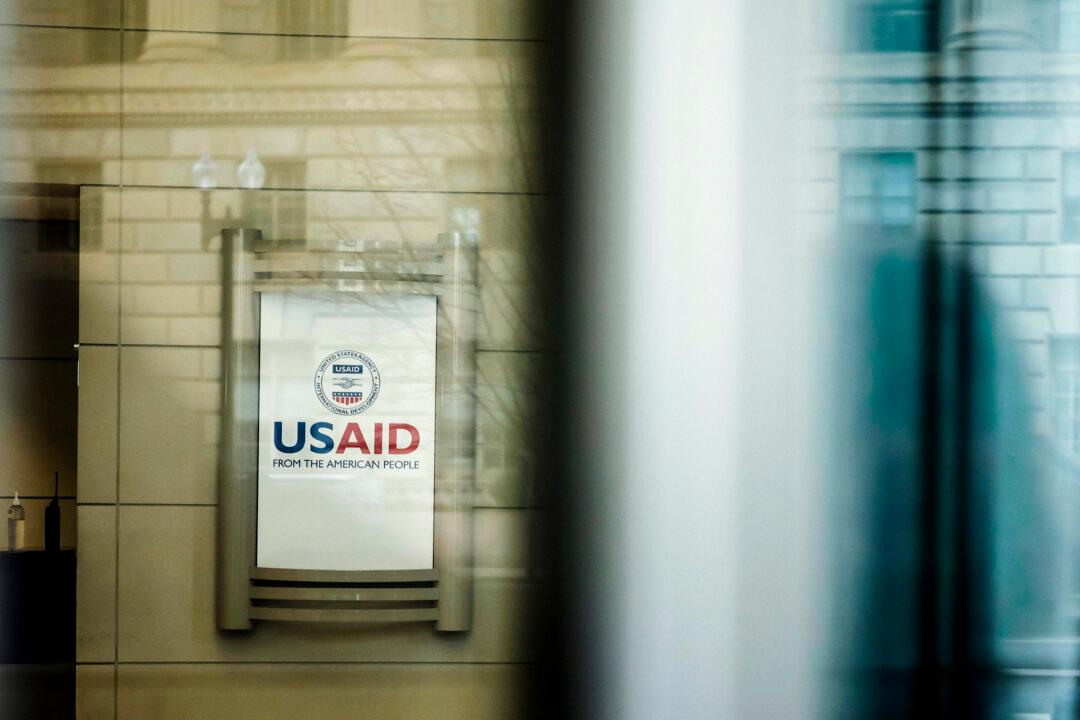Americans in the bottom 20 percent of income-earners buy more consumer goods and services than the national averages for people living in most of the wealthiest nations of the world, including those in Europe.
“This includes the majority of countries in the prestigious Organization for Economic Cooperation and Development (OECD), including its European members. In other words, if the U.S. ‘poor’ were a nation, it would be one of the world’s richest.”
Agresti told The Epoch Times on Aug. 26 that the 2010 U.S. Bureau of Economic Analysis (BEA) assessment on which the Just Facts report is based hasn’t been updated since its publication.
“I doubt that relative consumption levels have changed much over the past decade, except for a few nations that have had high economic growth, like China,” he said via Messenger.
In the video op-ed, Agresti wrote, “Times producers Taige Jensen and Nayeema Raza claim that the U.S. has ‘fallen well behind Europe’ in many respects and has ‘more in common with developing countries than we’d like to admit.’”
Specifically, the NY Times video op-ed said the United States is the OECD’s richest country, “but we’re also the poorest—with a whopping 18 percent poverty rate, closer to Mexico than to Western Europe.”
The OECD consists of 36 mostly Western European, democratic, and wealthy nations, including the United States.
Agresti said the OECD calculates the U.S. poverty rate at 17.8 percent, compared to 16.6 percent for Mexico. But World Bank data shows more than 35 percent of Mexicans live on less than $5.50 per day, compared to only 2 percent in the United States, so there are weaknesses with the OECD ranking.
- Health care provided by Medicaid, free clinics, and the Children’s Health Insurance Program.
- Nourishment provided by food stamps, school lunches, school breakfasts, soup kitchens, food pantries, and the Women, Infants, and Children (WIC) program.
- Housing and amenities provided through rent subsidies, utility assistance, and homeless shelters.
The data, however, doesn’t tell the whole story about poverty in the United States or any other country, Agresti said.
“The high consumption of America’s ‘poor’ doesn’t mean they live better than average people in the nations they outpace, like Spain, Denmark, Japan, Greece, and New Zealand.
“Nonetheless, the fact remains that the privilege of living in the U.S. affords poor people with more material resources than the averages for most of the world’s richest nations,” Agresti wrote.





